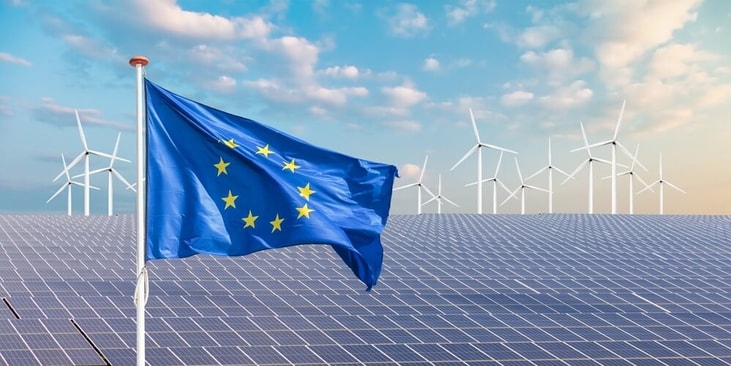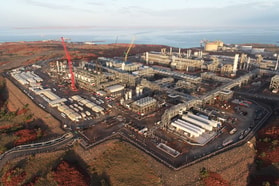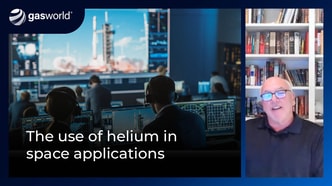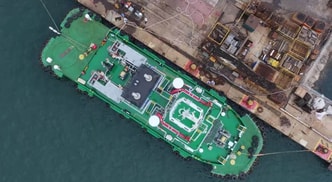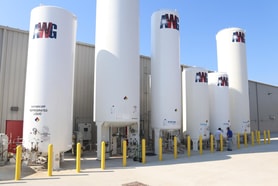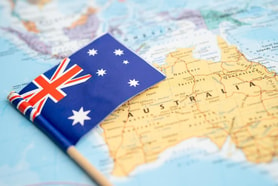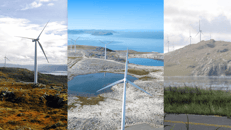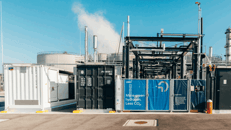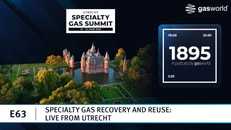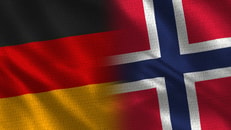Europe makes €1bn commitment to green hydrogen
The European Commission has selected 15 green hydrogen projects for nearly €1bn public funding following the second European Hydrogen Bank auction.
Eight of the projects are in Spain, three in Norway, and two in Germany, with one apiece in Finland and the Netherlands.
The projects – funded by the Innovation Fund, sourced from the EU Emissions Trading System (ETS) – are expected to produce nearly 2.2 million tonnes of renewable hydrogen over 10 years.
... to continue reading you must be subscribed

